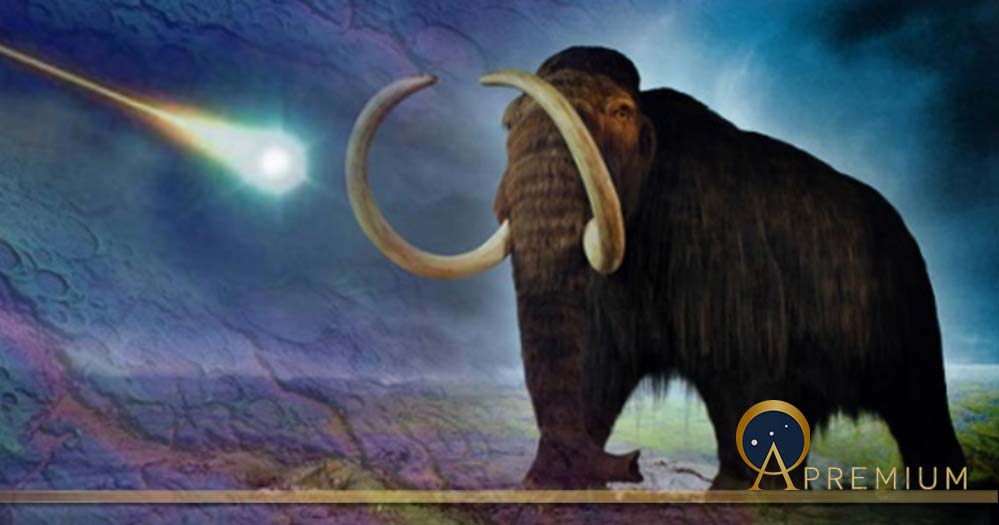The Comet Hunters Of Göbekli Tepe
The ancient peoples of Anatolia and the Near East did not go unaffected by the terrible consequences of the Younger Dryas comet impact event, now known to have devastated the North American continent sometime around 10,800 BC. Indeed, there is powerful evidence that a Natufian settlement at Tell Abu Hureyra on the Middle Euphrates River, in what is today northern Syria, was subjected to an airborne blast triggered by the appearance in the low skies of a single fragment from the comet.
As evidence of this terrifying event, archaeologists working at Tell Abu Hureyra have uncovered nanosized magnetic and glass balls known as microspherules, as well as siliceous scoria-like objects made of melted glass. These are formed under incredibly high temperatures, in the range of 1,700 to 2,200 degrees Celsius. Microscopic objects of this kind are telltale signatures of an impact blast and are extremely unlikely to have been caused by natural phenomena such as lightning strikes. What is more, Tell Abu Hureyra is just 160 kilometers (99 miles) south of Göbekli Tepe and 520 kilometers (323 miles) north-northeast of Jericho, both of which emerged in the aftermath of the 1,200-year mini–Ice Age that followed the comet impact event.

Large and smaller stones used to grind cereal grains, Abu Hureyra, c. 9500–9000 BC. British Museum. ( Zunkir /CC BY-SA 4.0)
It must have been a similar story all the way across the Northern Hemisphere—a series of initial catastrophic events followed by aftershocks and further wildfires for hundreds of years after the initial impact event of around 10,800 BC. Epipaleolithic populations that would have taken the full force of the cataclysm included the Clovis culture of North America, the Magdalenian peoples of southwestern Europe, the Creswellian population of England, the Brommian culture of southern Scandinavia, the Swiderian groups that occupied various parts of central and eastern Europe, and, of course, the Natufian population of the Levant. All would have been devastated by the Younger Dryas event, with only the cleverest and most resilient human societies surviving to tell the tale.
The Usselo Horizon
An example of how effective the Younger Dryas impact event was in decimating human societies can be seen at Lommel in Belgium. Here thrived many settlements of the Federmesser tradition. They were an advanced culture with its own unique tool-making industry that populated the Low Countries of Europe.
Like this Preview and want to read on? You can! JOIN US THERE ( with easy, instant access ) and see what you’re missing!! All Premium articles are available in full, with immediate access.
For the price of a cup of coffee, you get this and all the other great benefits at Ancient Origins Premium. And - each time you support AO Premium, you support independent thought and writing.
Excerpt from Denisovan Origins, by Andrew Collins and Gregory L. Little (Bear & Co, 2019). Printed with permission from the publisher Inner Traditions International.
Andrew Collins is a science and history writer, who has been investigating the origins of human civilization for over three decades. He is a noted explorer and the co-discoverer of a massive cave complex beneath the Giza plateau, now known as “Collins’ Caves.” He is the author of several bestselling books, including From the Ashes of Angels and Gobekli Tepe: Genesis of the Gods. He lives in southeast England.
Top Image: Deriv; A woolly mammoth ( CC BY-SA 2.0 ) meets a meteor strike ( Public Domain ). Carolina Bays ( Public Domain ).




















Comments
Price for European and UK citizens only. That's a deal breaker right there. Honestly,
How can you discriminate like that when it's sent on line/over the web? Your illusion that we have more disposable income?